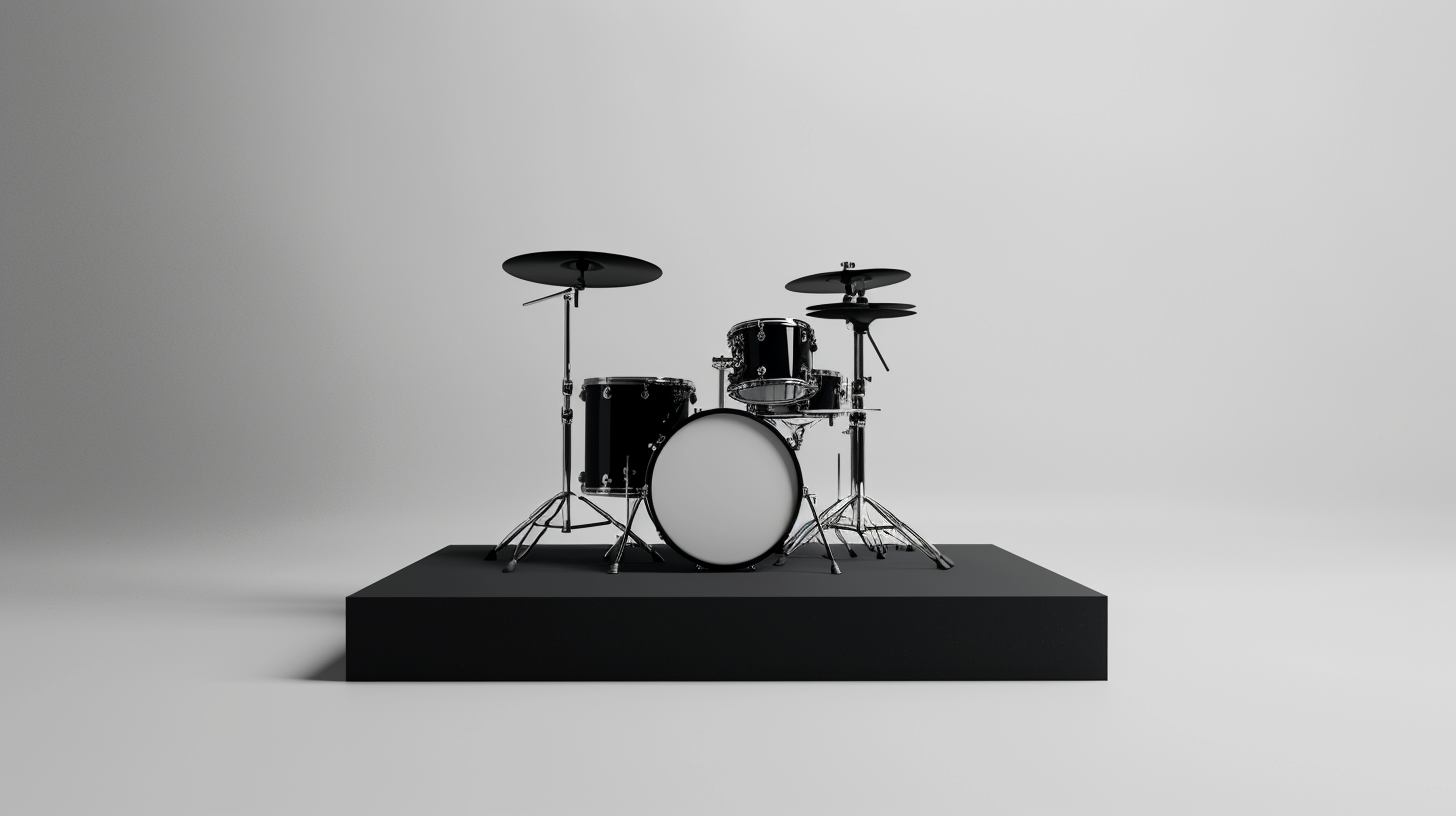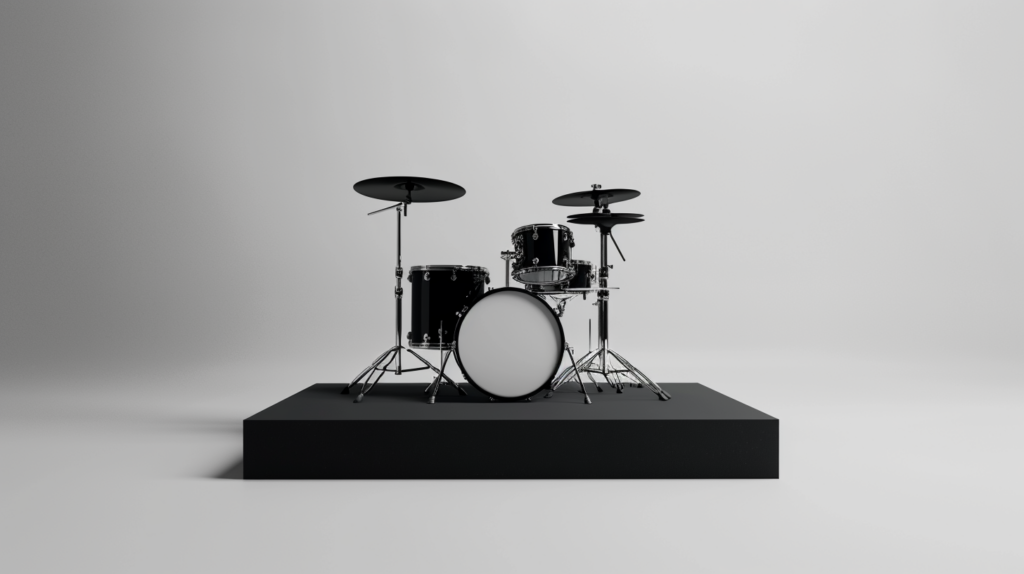
Table of Contents
Understanding Bass Drum Noise and Its Transmission
Bass drum noise is low frequency noise. Noise can be divided into low frequency noise and middle and high frequency noise. Bass drum noise or low frequency noise is the most difficult noise to stop or reduce. All noise is composed of vibrations. These vibrations are produced when low frequency pressure waves strike a surface like our walls.
When a low frequency pressure wave causes the wall to vibrate, these vibrations are then transferred through the wall. The bass drum noise strikes the wall and then is transformed into vibrations that travel through the wall structure. The goal with bass drum noise is to minimize the vibrations that travel through the wall.
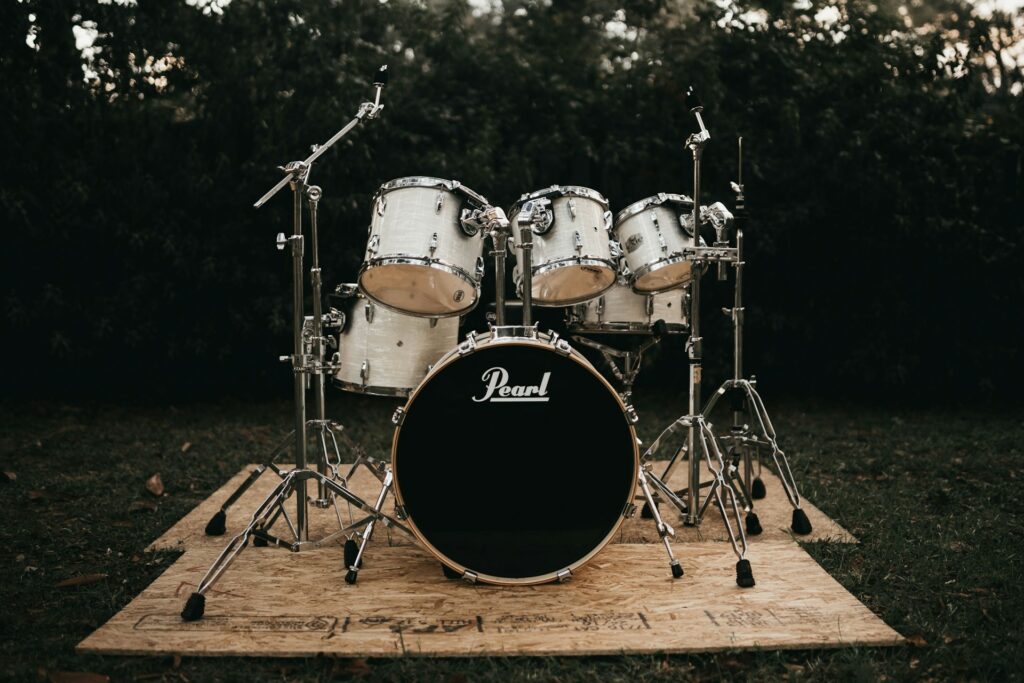
Analogy for Vibration Management: Truck Emergency Exit Ramp
When you think of bass drum noise, and the different methods to attenuate its transmission, you can think of a truck losing its brakes going down a steep, mountain road. When the driver takes a truck emergency exit ramp, he is taken uphill at a 45 degree angle. Gravity is working to slow the forward movement. If gravity isn’t enough, there are sand filled containers at the top of the exit ramp to help with any residual movement.
This is the process we must go through with vibration management. We must slow down the forward momentum of the vibrational energy so that there is less that comes out the other side of the wall. At Acoustic Fields, we design barriers using a sandwich approach using multiple layers of material types that are frequency and amplitude dependent.
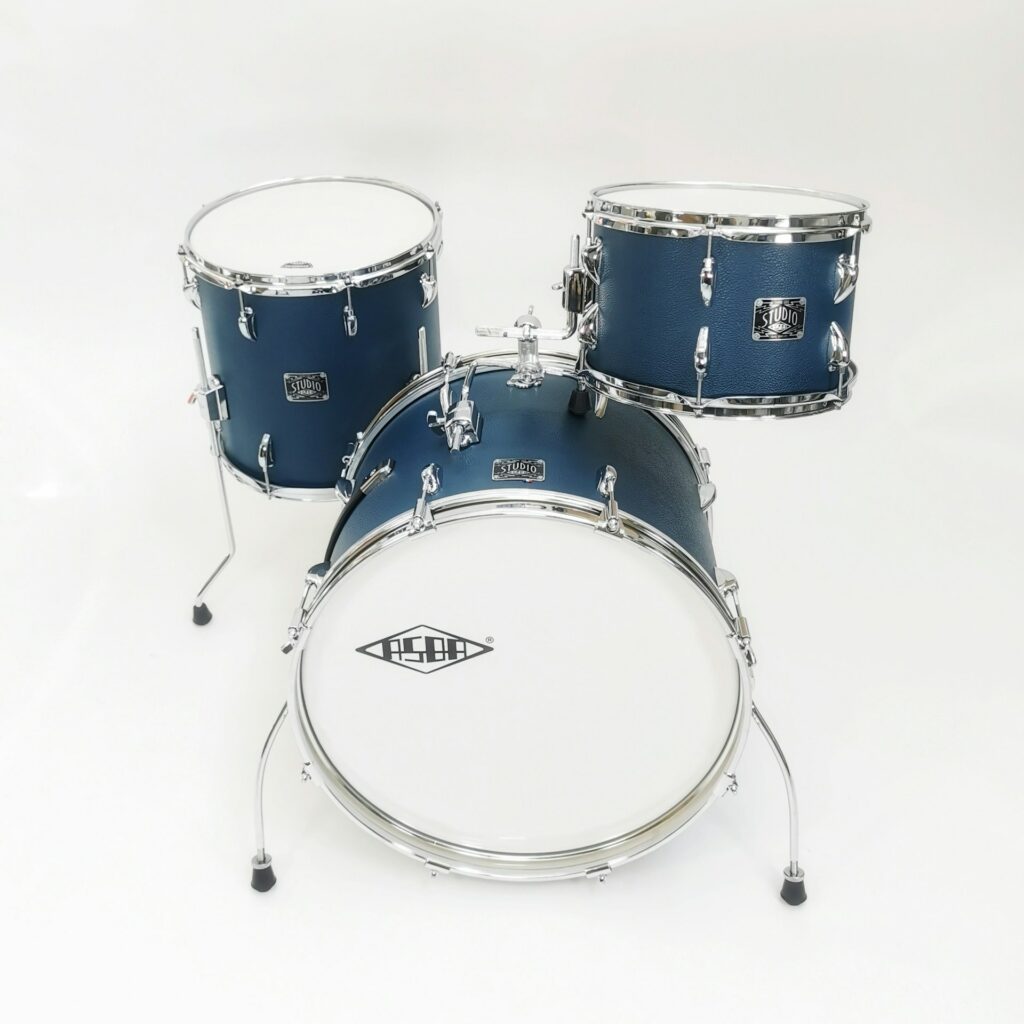
Key Factors in Noise: Frequency and Amplitude
All noise including bass drum noise is composed of frequency and amplitudes. The frequency is where the bass drum noise lies on the human audio spectrum. The amplitude is how strong the bass drum noise is at that particular frequency. When we are dealing with any noise, we must first measure the frequency and amplitude of the noise.
We must also measure the frequency and amplitude of the noise over a seven day time period. We need to see a picture of the noise in order to determine the lowest frequency the noise is at and the highest amplitude or strength. Different days may be louder and at lower frequencies than other days. With barrier technology, you must design for the lowest frequency and the greatest amplitude or strength.
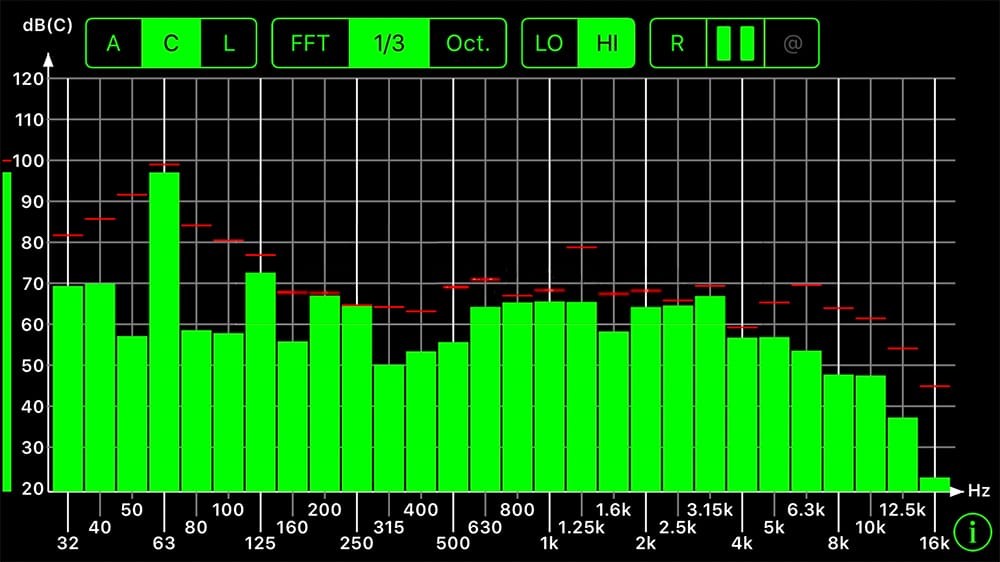
Measuring Noise Levels for Effective Barrier Design
Once we have taken the noise numbers, we will know on what days the noise is the loudest and at what frequency the noise issues are at. Noise that measures below 125 hz. is much more difficult to treat, requiring more material types along with different construction methodologies. We build a lot of drum rooms. Drums are the second largest producing energy source of any instrument next to a gong. Energy produced within a drum room can achieve levels of 120 dB or higher.
Normal conversation pressure levels are around 65 – 70 dB. Drums are full range energy starting at 40 hz. and going through 16 k. With drums, we must reduce the full range energy by at least 50%. This barrier design will have multiple layers of materials and have mass and density. Bass drum noise is the largest energy producing source of all the drum instruments.
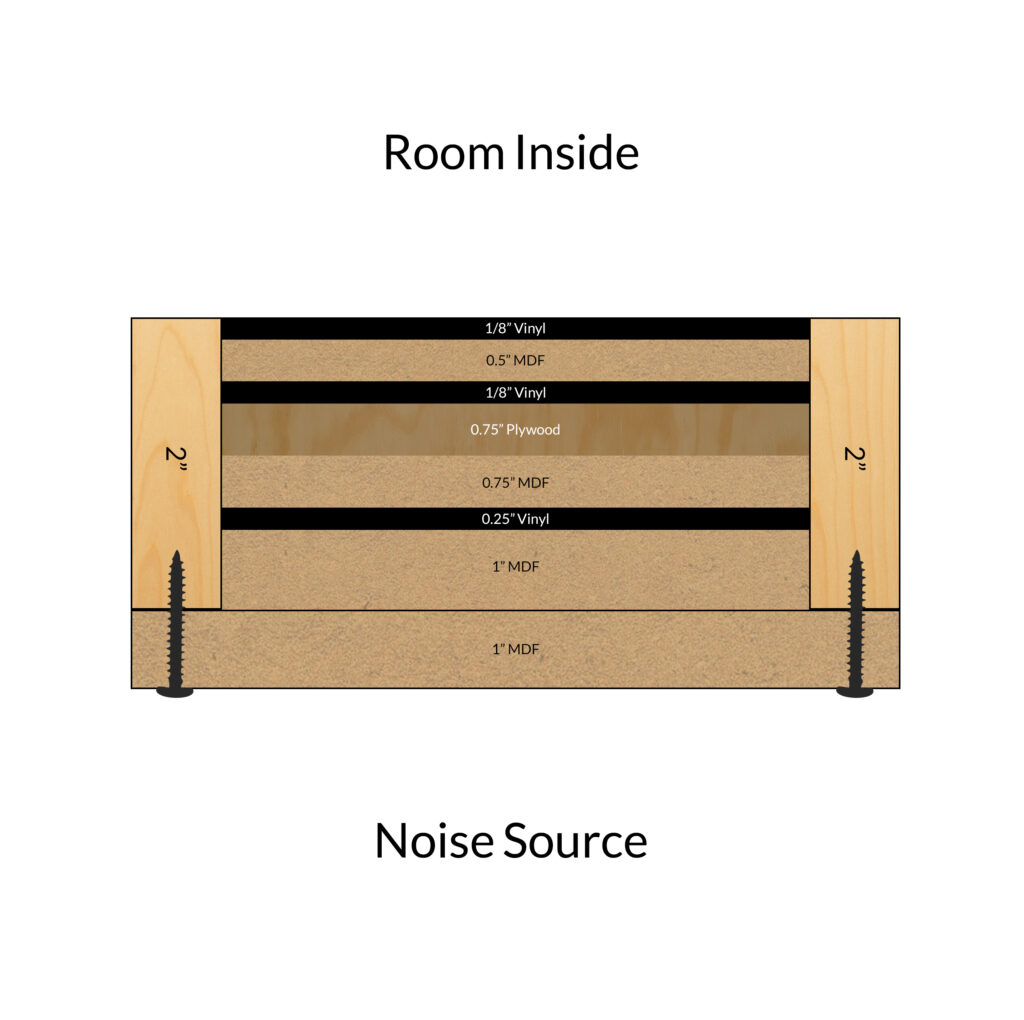
Barrier Design Principles for Reducing Vibrations
Barrier design is all about vibrations. You must design a barrier structure that will have multiple layers that will reduce the strength of the vibrations. To illustrate this concept, think about a truck that loses its brakes while driving in the mountains. The driver pulls off onto an exit ramp that is at a 45 degree angle uphill.
The truck heads up the hill and gravity begins to slow the truck down. If the truck is not slowed down enough before it reaches the end of the ramp, there are sand and water barriers to add more stopping power. The whole system is designed to bleed energy from the forward momentum of the truck. This is what we must do with noise transmission. We must design and build barriers that minimize vibrations.


